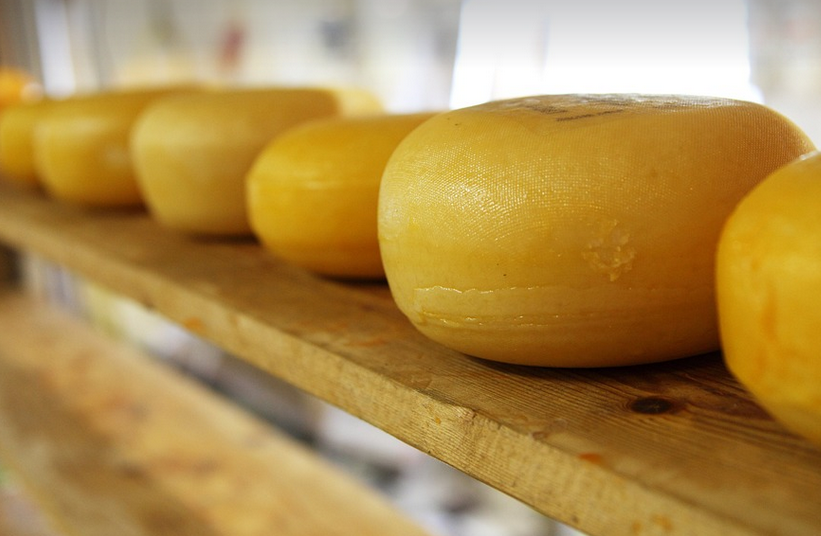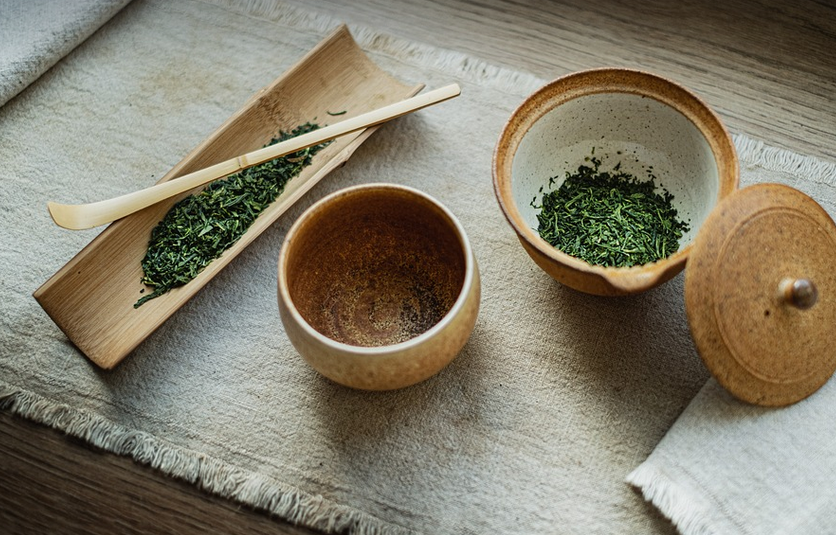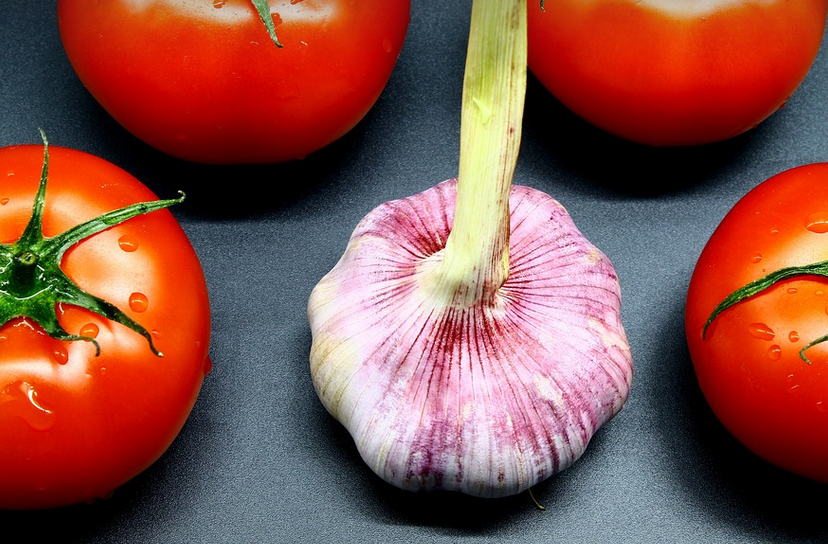What’s the Difference Between a Cheese Board and a Cutting Board?
So, you want to throw an unforgettable cheese board party. You envision a glorious spread of creamy brie, sharp cheddar, and maybe some funky blue cheese. But first, let’s tackle something crucial: choosing the right board for your cheesy masterpiece. You see, there’s more to a cheese board than meets the eye; it’s about more than just serving food. It’s about creating an experience.
A cutting board is, well, a cutting board. It’s your go-to workhorse for chopping vegetables, slicing bread, and even prepping meats. These trusty boards offer a sturdy platform for basic culinary functions – but they lack the visual flair of their cheese-centric counterparts.
A cheese board is like a canvas, designed to enhance and elevate the art of serving cheese. It’s about creating an inviting atmosphere where guests can gather, mingle, and relish in the delicate flavors of aged Gouda or creamy Camembert. A cheese board goes beyond mere practicality; it adds a touch of elegance, warmth, and personality to your gathering.
The key difference between a cheese board and a cutting board lies in their function. A cheese board is primarily about presentation and ambiance. It’s designed to showcase the beauty and textures of various cheeses. A cutting board, on the other hand, serves as an essential tool for food preparation.
Think of it this way: a cutting board might be like the sturdy foundation of your culinary operation, while a cheese board is more like the dazzling centerpiece that elevates your whole gathering.
The Art of the Cheese Board: A Step-by-Step Guide
Crafting an irresistible cheese board requires attention to detail and a dash of creative flair. Here’s how to create a masterpiece:
**1. Choose Your Cheese:** The heart and soul of your board. Opt for a variety of textures, flavors, and colors. From classic cheddar to creamy brie, from sharp goat cheese to robust aged Swiss, there’s a world of cheesy possibilities waiting to be explored.
**2. Don’t Forget the Accompaniments:** A balanced board requires more than just cheese. Incorporate accompaniments that complement the flavors and textures of your chosen cheeses:
- Fruits: grapes, berries, sliced plums or apples
- Nuts: walnuts, almonds, pecans, cashews
- Crackers & Breads: water crackers, artisan bread slices, baguette rounds
- Honey & Jam:** fig jam, apricot preserve, honey and infused oils
**3. Presentation is Key:** The art of arranging your cheese board lies in creating visual harmony. Use small bowls or ramekins to nestle fruits, nuts, and spreads for easy access. Think about the design, don’t overcrowd; create a pleasing balance.
**4. Add Some Rustic Charm: ** A touch of rustic charm can elevate your cheese board to another level. Wooden serving boards, woven baskets for accompaniments, or sprigs of fresh rosemary and thyme for a pop of color can add visual appeal.
The Cheese Board Experience: It’s More Than Just Food
A cheese board isn’t just about the food. A true cheese board experience is about creating a shared moment of connection with your guests. It’s how you invite them to be part of the story, to savor the flavors and appreciate each other’s company.
**Remember:** The purpose of a cheese board goes beyond just consumption; it’s about fostering connection and celebrating good times. It’s an invitation to slow down, enjoy the conversation, and create lasting memories.
As you gather your friends around, remember that each piece has a story: from the delicate crumble of brie to the sharp bite of cheddar, every bite tells a tale of tradition, passion, and shared experiences.




